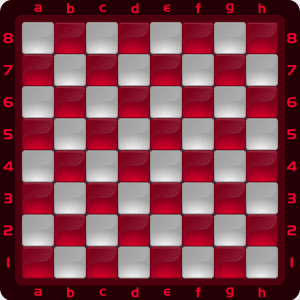
Just like the topic of “weak pawns”, that of “weak square” is of central importance. It occurs even more frequently and affects the following areas:
1. Pawn mobility
Weak squares reduce the mobility of the pawns, which in turn affects the distribution of space (important for piece activity) and the potential for passed pawns.
2. Piece activity
Weak squares serve as a base for opposing pieces and therefore increase their efficiency. This is where the concept of the ideal square comes into play. The ideal square for one side’s piece is often a weak square on the other side.
3. King safety
Both areas also affect king safety. Weak squares close to my king allow the opponent’s pieces to approach. They also deprive my pawns of the flexibility to actively restrict them (see restriction).
Basically, the participant learns to recognize weak squares, to exploit them, to provoke them and, of course, to avoid them in his position. The following specific topics are covered:
- The backward pawn
- The Isolani
- The central outpost
- The outpost on the 5th rank
- The outpost on the 6th rank
- King’s safety
- Coler complexes
- The bishop pair
- Opposite-colored bishops
- Obscure piece maneuvers
- Weak points
- The f-pawn disease
- The positional sacrifice
- The open flank
- File control